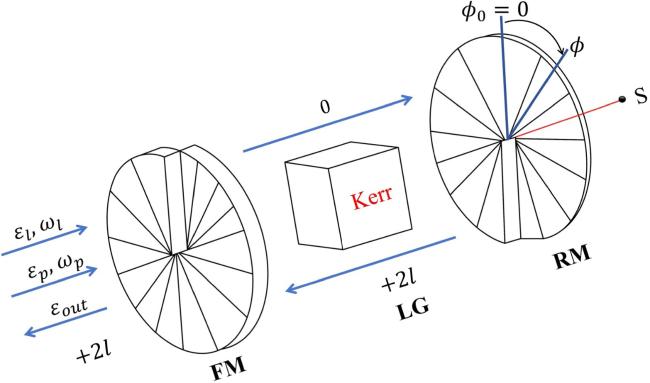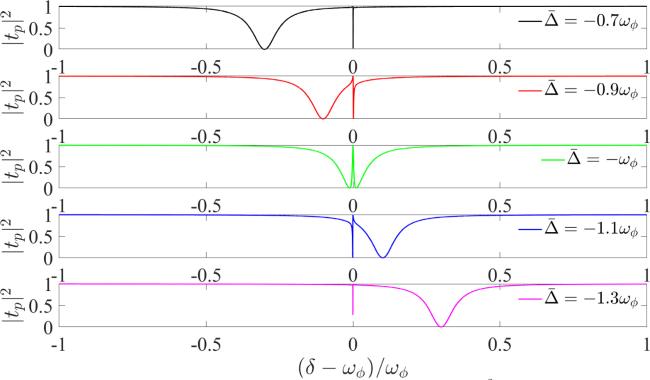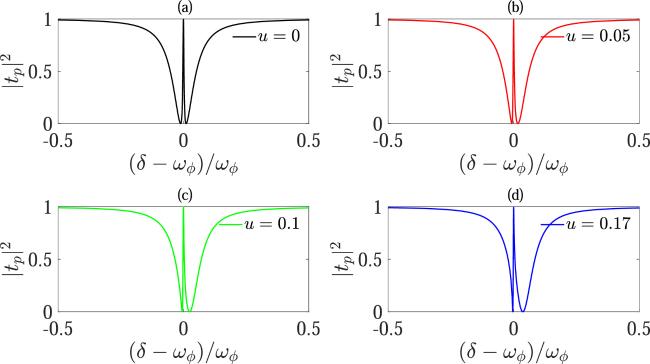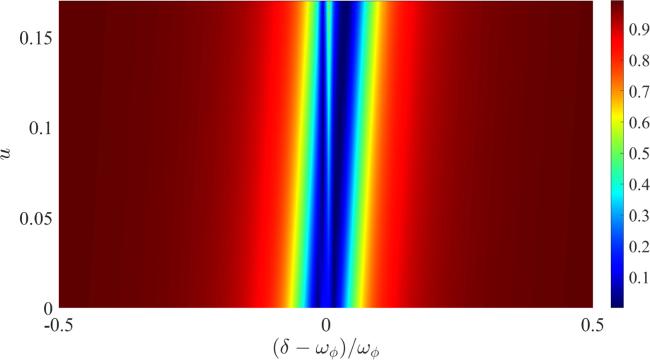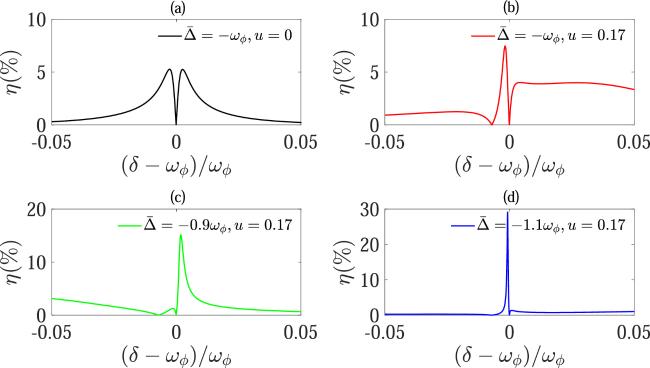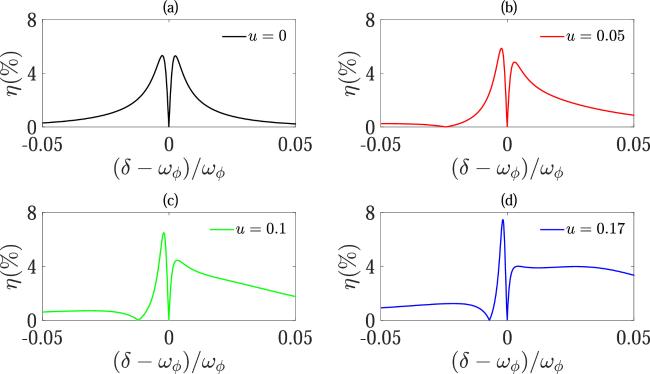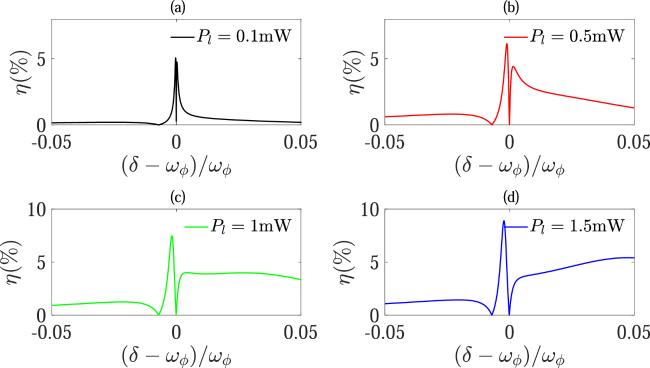At present, the researchers mainly study the EIT phenomenon in optomechanical systems where the optomechanical coupling relies on the exchange of linear momentum between a cavity field and a movable mirror. In 2007, Bhattacharya
et al proposed a Laguerre-Gaussian (LG) cavity optorotational system formed by two helical phase plates [
13], one fixed and the other rotating around the cavity axis. The LG cavity optorotational system can be regarded as an extension of the Fabry-Perot cavity, from the vibrational degree of freedom to the rotational degree of freedom [
13]. The optorotational coupling is based on the exchange of orbital angular momentum (OAM) between a LG cavity field and a helical phase plate. This burgeoning field has attracted the interest of researchers, resulting in interesting phenomena, such as cavity-mirror entanglement [
14] and quantum ground state cooling of rotating mirrors [
15]. Recent studies have extended the investigation of EIT to the LG cavity optorotational system. Peng
et al theoretically studied the EIT in a LG cavity optorotational system in 2019 [
9], and the possibility of double EIT in a LG cavity optorotational system was proposed in 2020 [
16]. Additionally, the Kazemi group demonstrated second-order sideband generation in a LG cavity optorotational system [
17]. In analogy to higher-order harmonics, the generation of higher-order sidebands (second-order and above) represents a novel frequency generation process [
18]. Higher-order harmonics are typically produced in atomic gases or molecular materials [
19], while higher-order sidebands are typically produced in light-driven systems, such as photonic crystals [
20] or cavity optomechanical systems [
21]. Higher-order sidebands are widely used in precision measurement [
22]. However, because the generation of second-order upper sideband is much weaker than the input probe field, there is relatively little research on this aspect. The previous studies show that the ways to improve the efficiency of second-order sideband generation are as follows: by using Kerr media [
23], two-level atoms [
24], and active-passive coupling cavities [
25]. In 2018, Jiao
et al studied the influence of the Kerr nonlinear strength on the second-order sideband amplitude and group delay in a hybrid cavity optomechanical system containing a Kerr medium [
26]. They show that the existence of Kerr medium breaks the symmetry of the transparent window induced by the optomechanical interaction. Moreover, it has been shown that an asymmetric Fano line shape can be observed in the cavity output field in a quadratically coupled optomechanical system containing a Kerr nonlinear medium [
23]. In 1935, Beutler initially observed that the absorption spectral lines of atoms exhibited a sharply asymmetric distribution [
27]. When a discrete quantum state interferes with a continuous state band, Fano resonance occurs. The specific Beutler-Fano formula was first theoretically explained by Ugo Fano. This formula predicts the shape of spectral lines based on the superposition principle of quantum mechanics [
28].




